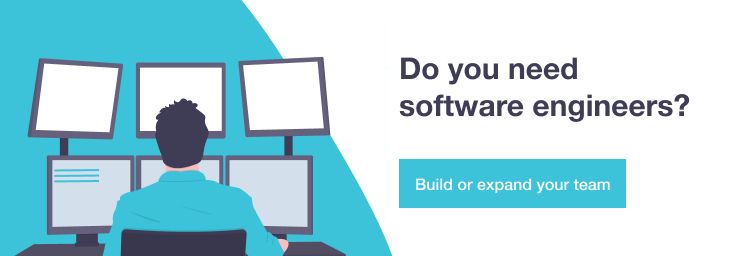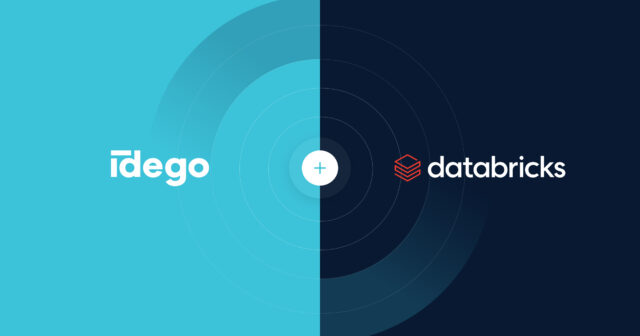
Cloud technology computing is no more a buzz in the industry as the companies have already started reaping the benefit of cloud server and cloud storage. The process of moving your data and applications from the physical internal server to the cloud server is called cloud migration. The actual process of building, computing and storing in the cloud server is called cloud computing.
This cloud server is the most trusted and most feared of all the technologies available. It can be trusted with the proper infrastructure and disaster management. Whereas, trusting your sensitive data with the cloud server is a huge question.
Any cloud technology server is as protected as your physical server. This article is aimed at informing you about the current trends in cloud computing and the evolving or yet to come future trends in cloud technology.
Before discussing the future trends lets see the services cloud technology offers.
There are different services offered in the cloud services and they are:
a) Software as a Service (SaaS)
b) Infrastructure as a Service (IaaS)
c) Platform as a Service (PaaS).
The following are the benefits of moving your data to the cloud server:
- Scalability
- Cost-effective
- Remote collaboration
- Better work-life balance
- Integration
- Better storage
- Disaster recovery
- Automation of tasks
- Flexibility
- Mobility
- Security
- Faster setup
- Less maintenance
- Agility
- Zero risk failure
- Maximum uptime
- Competitiveness
- Environment-friendly
Cloud computing provides the necessary technical and business infrastructure in the cloud. It is the best option for start-ups and small or medium scale industries. Companies are migrating from a physical server to a cloud server as their business grows and as per their business needs. There are various cloud storage providers like AWS, Google Cloud and Microsoft Azure.
Corporates choose their best pan based on the storage or usage of the present infrastructure. Cloud technologies are not entirely heaven on the cloud; it has a few drawbacks too. We cannot trust the third-party cloud storage vendor with our sensitive documents. Back up of the appropriate systems are necessary as we will be dependent on the cloud server. We also have to choose a vendor whose server has the maximum uptime to avoid unexpected critical situations.
Current Trends in Cloud Technology
Many of the industries are opting for cloud storage or hybrid cloud storage based on their business needs. If we have lesser use for the cloud then we will opt for a technology that is having limited cloud functionalities. In AWS cloud, a service of ‘pay as you go’ helps the users in analyzing their cloud storage and pay for the amount of cloud storage used.
According to Gartner, the statistical reports imply that:
- By the end of the year 2020, 83% of the companies will be using cloud platforms and in 83%, 41% will prefer to use public cloud platforms.
- Projected growth of 18% is seen from the year 2018 to 2019 in terms of monetary benefits of using cloud storage
- The cloud services have matured a security maturity that today we have implemented cloud applications in the fields of banking, insurance, and medicine.
The cloud server has occupied by the following sectors:
- Digital Manufacturing
- IT improvement
- DevOps
- Mobility
- AI
- Machine Learning
- Internet of things
In the future also, the above-said industries are expected to be using cloud technologies at a higher rate.

Edge computing – A new form of cloud technology
In a very fast world, the companies expect the serving of customers should be at a very fast rate. Near-instant servicing of the customer, which in turn increases new opportunities of edge computing. Many of the processes will be moved to the network for faster and easier access. Edge computing does not necessarily mean the end of cloud computing, but we could see new technologies blooming from the old ones.
The primary advantage of cloud computing is fulfilled here, the distributed infrastructure. It allows instant access to data for organizations. This will reinvent the cloud technology.
Serverless technology – Cost reduction method
It is believed that serverless technologies will be the revolutionary for the back end computing. It is hopefully built on various use cases. The system will be open source that will help several use cases to be developed. According to Satya Nadela, CEO of Microsoft, “Serverless adoption will be the future of distributed computing”.
Serverless means; the cloud service provider will give provisions for the corporates to run the produced codes on the cloud storage. This will eliminate the need for physical serves for the production of code. This has to be implemented with a strategic approach. That will reduce the cost spent on the physical server and the maintenances.
Open source in Cloud
Open source solutions find a lot of applications in IT solutions. About 60% of IT experts suggest open source tools for analysis and data creation. With an ecosystem such as the cloud ecosystem, it helps the open-source systems to thrive in the open-source cloud projects.
This will also economically benefit the company. Open source tools like the following, which has a huge demand in the current trends:
- DevOps for automation
- OpenStack for infrastructure
- Kubernetes for infrastructure
These platforms have changed the way of open source systems in the IT industry. It is predicted that open sources in the cloud will play a vital role in future years.
Future trends for Cloud 2020 and beyond
New technologies are developing every day that adds to the computing speed and resource management. In a similar manner, cloud technologies will also see massive growth in the future years, paving ways for many new technologies to emerge.
It is expected in 2020, that the year will be fully immersed with more possibilities of cloud technology. Maybe you feel like expanding your team of developers with several professionals who know about Cloud technology? Click here and see how to expand your team in three steps!








 Andrzej Kopera • Sep 05
Andrzej Kopera • Sep 05

